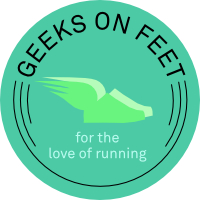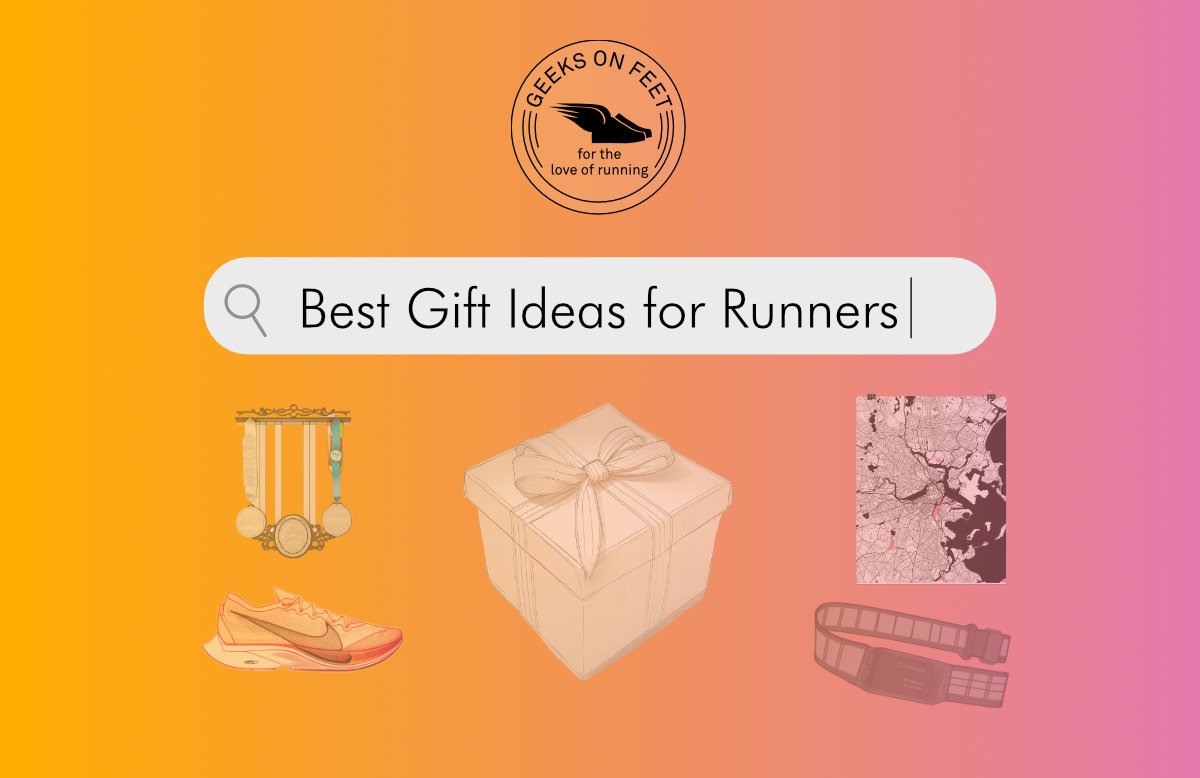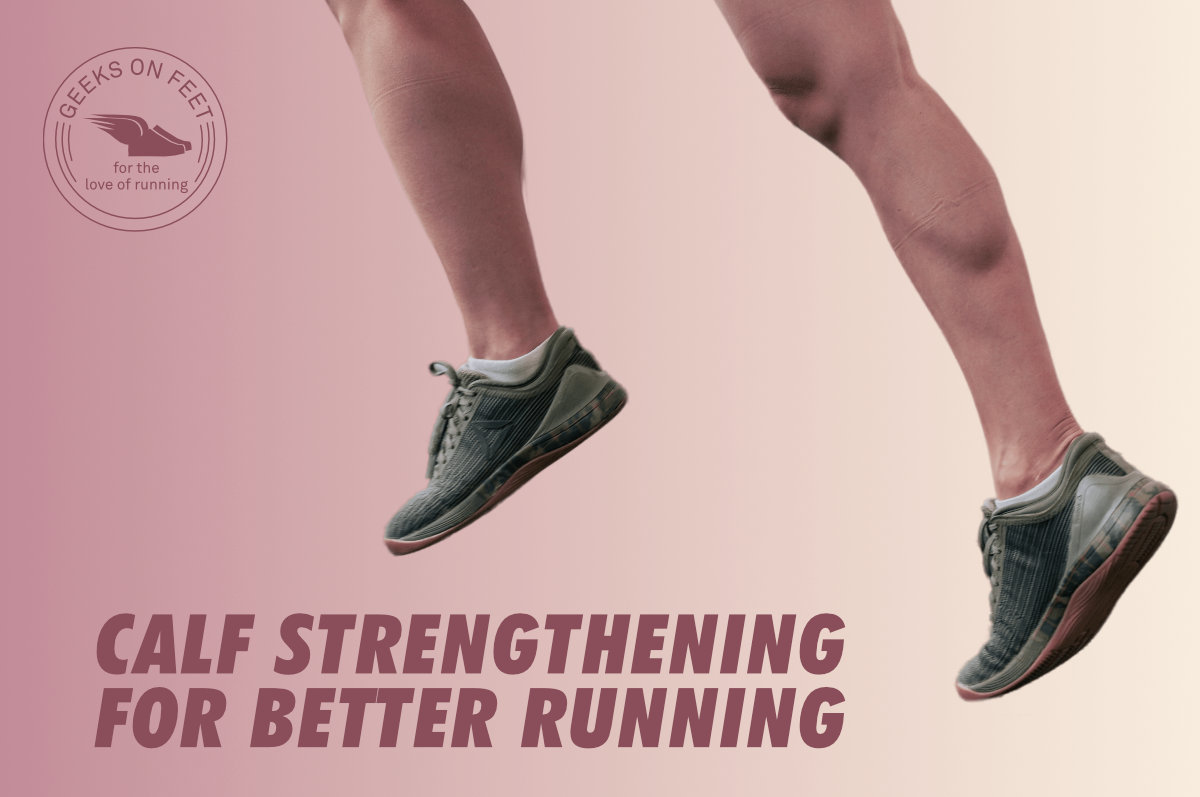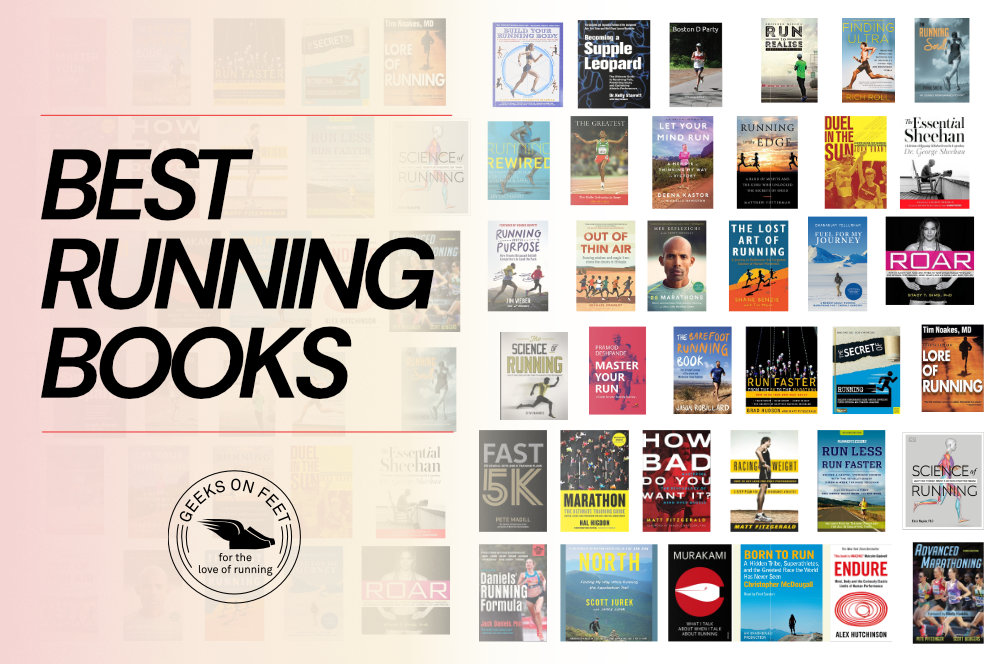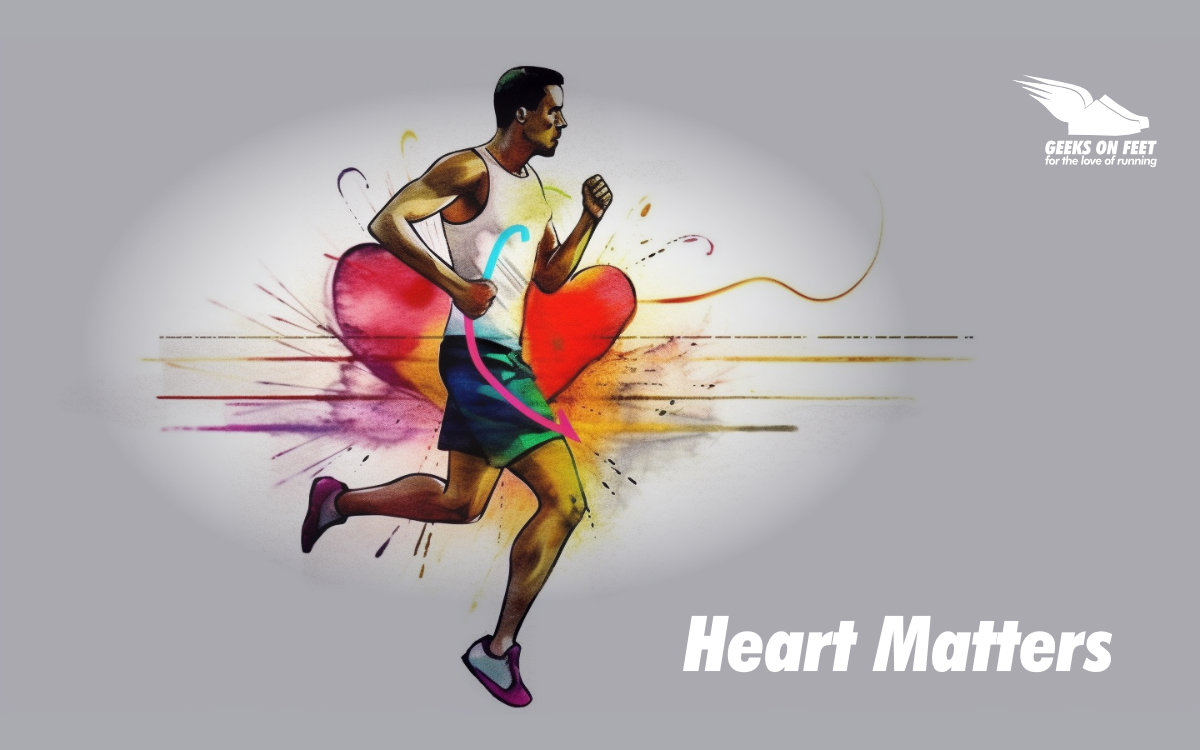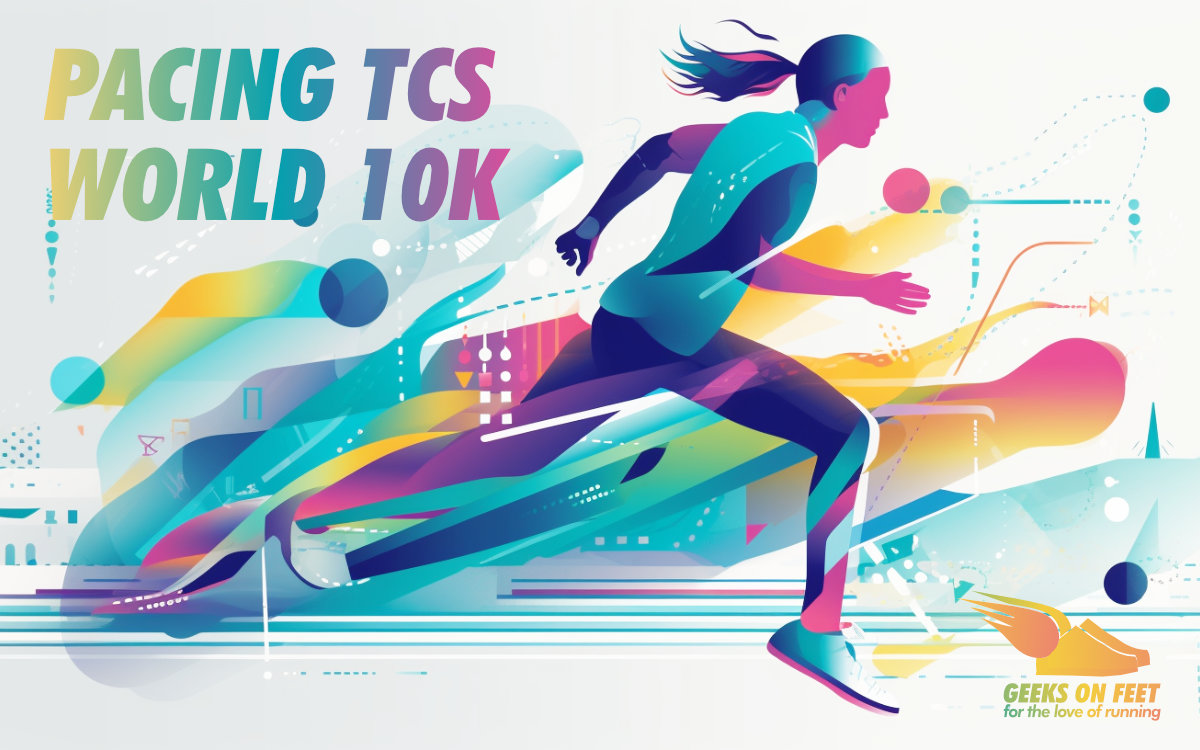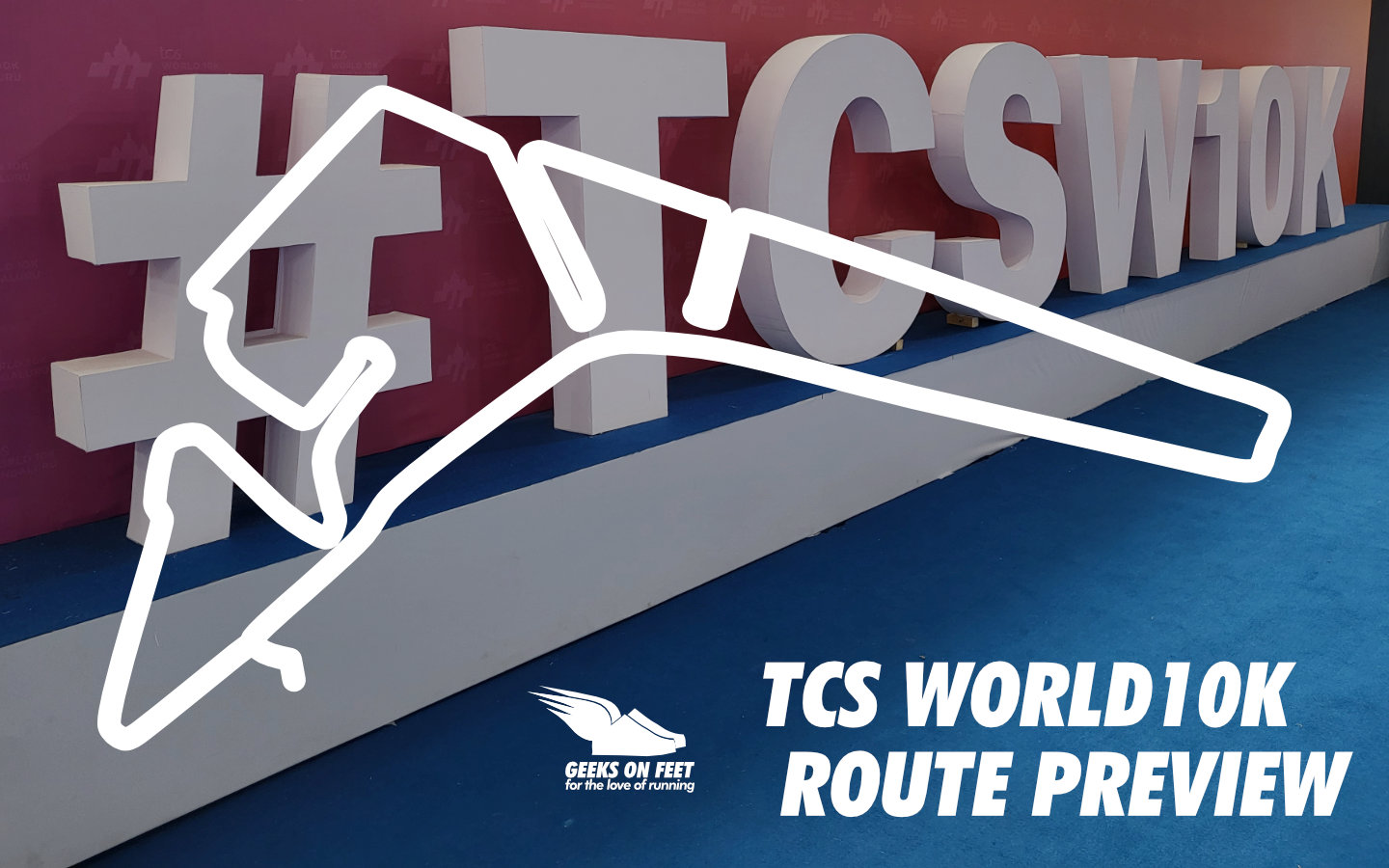Recover through Cold and Heat
Part 4 of Recover to Perform series. How cold and hot therapies can help recovery, and when & where to use them effectively.
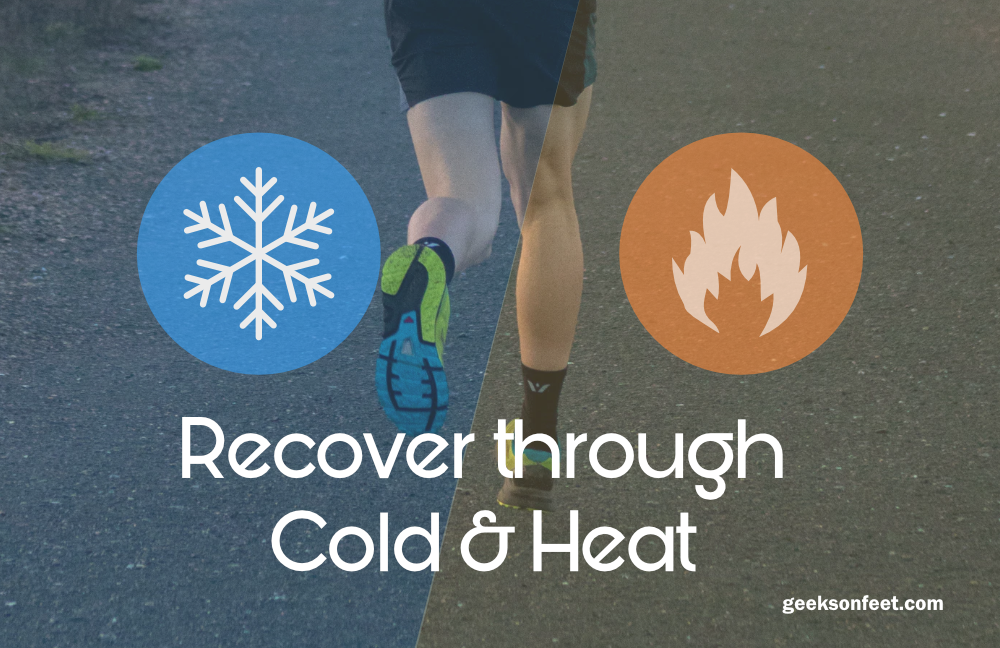
As runners, we experience muscle soreness, pains, and niggles on an everyday basis. We often think we have forgotten how our bodies would be without the existing injuries and soreness. Continuing our series on recovery, this post focuses on cold and heat therapy to recover.
Studies show conflicting results on the effectiveness of cold and heat therapies. Regardless many runners report benefits from using cold and heat therapy for recovery. Thus, you should experiment to find what works best for you.
In general, ice is used to combat inflammation incurred in training, from repetitive use of muscles, and specifically, after a long distance run, marathon or an ultra. When soft tissues are in an acute stage of damage, adding heat will only aggravate this inflammation. Cooling the tissues, whether through a stay in a cold bath or direct application of an ice pack, will combat excessive inflammation and prevent or minimize swelling.
On the other hand, spending time in a warm environment can increase blood circulation and loosen stiff muscles. A warm room or bath can also feel nurturing too, encouraging relaxation and enabling the parasympathetic nervous system to facilitate recovery.
Cold Therapies
Application of Cold restricts blood supply, post the stimulus it aids in renewed blood flow to the area, bringing in oxygen and cellular chemicals to speed up recovery while removing the negative by-products of exercise and inflammation. Cold reduces inflammation caused by impact, especially during running. Applying cold has an analgesic effect, repressing the sense of pain associated with inflammation.
- Cold counters inflammation, tightening in the blood vessels, and to numb pain
- It is normally used to recover from demanding training runs and specific injuries that cause pain eg: plantar fasciitis, if you are experiencing, after a long run putting your feet on a cold ice pack can help in instant relief
Ice pack
Applying an ice pack or direct application is the easiest way of using cold therapy for recovery
- It reduces inflammation associated with the acute phase of injury
- Ice should be applied for 10 - 15 minutes with a maximum of thrice in a day and a break of at least 20 minutes between 2 sessions. More than this can lead to frostbites
Ice Bath
Immersing yourself into a tub or container filled with ice is an excellent recovery mechanism.
- Taking an Ice bath preferably within an hour of intense workout helps reduce inflammation and move waste products from the muscles. Generally recommended after long workouts of 2 hours + or high-intensity workouts.
- The ideal duration is around 10 - 15 minutes depending on the external temperature
Longer term use of cold therapy
Inflammation is a way for our body to grow stronger, the issue arises when inflammation outstrips what our body cannot handle during the recovery phase. Applying ice while gives temporary relief, in the long term it suppresses the stimulus for the body to adapt and grow, and the effectiveness of training reduces. If a runner often has to resort to cold therapy, it is better to reduce training load than using cold therapy regularly. Gabe Mirkin, who popularized the RICE method, now denounces the icing methods altogether because of this reason.
Heat therapies
In a heated environment, blood flow to the skin is increased, along with perspiration. Athletes already achieve this effect through exercise.
- Avoid using heat immediately after particularly demanding workouts because the body will already be busy coping with the recovery process and may be dehydrated.
- Runners should also avoid adding heat to already inflamed muscles, or if any cuts or bruises are there.
Heating Pad or Hot Water pack
Using a heating pad or hot water pack on sore muscles can be very comforting.
- If the muscles feel stiff and sore, and there is no inflammation using a hot water pack will help loosen them and improve recovery
- Avoid applying heat, if the muscles are inflamed Ensure that the temperature is not too hot, and don’t apply for more than 20 minutes
Warm Bath
Some runners prefer that warm bath as against ice bath. Runners find the cold bath tightening the muscles. Adding Epsom salts to warm water, helps in releasing pain and reduces swelling and stress.
Sauna
- A short duration of up to 20 minutes is advisable to enhance recovery, anything more than 20 minutes can reduce the muscular endurance
- It should be done on a completely recovered body
Whirlpool
Whirlpool or hot tubs are beneficial with water therapy and the hydrostatic pressure of water is beneficial for reducing swelling, the movement of water over the body relaxes the muscles, however, adds heat to inflamed tissue, as it would reduce the recovery time.
Contrast therapy
Contrast therapy or hot–cold method is another popular technique. This technique is supposed to bring the benefits of cold and heat therapies together. While there is no clear scientific evidence many runners swear by this technique. Like heat therapy, it should be avoided immediately after a workout. The recommended method is to start with a hot bath, followed by a cold application for 1 or 2 minutes, followed by cycles of 4 minutes of hot and 1 minute of cold. The total duration can be up to 30 minutes.
Quick Summary
- Use cold to combat inflammation caused by intense training.
- Don’t use cold to reduce the natural inflammation that occurs after your regular training. Use it only on areas when you feel significantly higher soreness that you normally don’t have after training otherwise.
- Heat can loosen stiff muscles and increase circulation but can also aggravate existing inflammation.
- When directly applying heat or ice, use a towel as a buffer to protect your skin from burns or frostbite
Like all the recovery techniques we have covered so far, the effectiveness of cold and heat depends on the individual athlete. So please experiment and see what works best for you.
References:
- “The Athlete’s Guide to Recovery” by Sage Rountree
- “Good to Go” by Christie Aschwanden
Compiled by Team GeeksOnFeet for the love of running
If you are a running enthusiast, follow us on our social media channels @geeksonfeet on Twitter, and GeeksOnFeet on Instagram and Facebook for updates.
